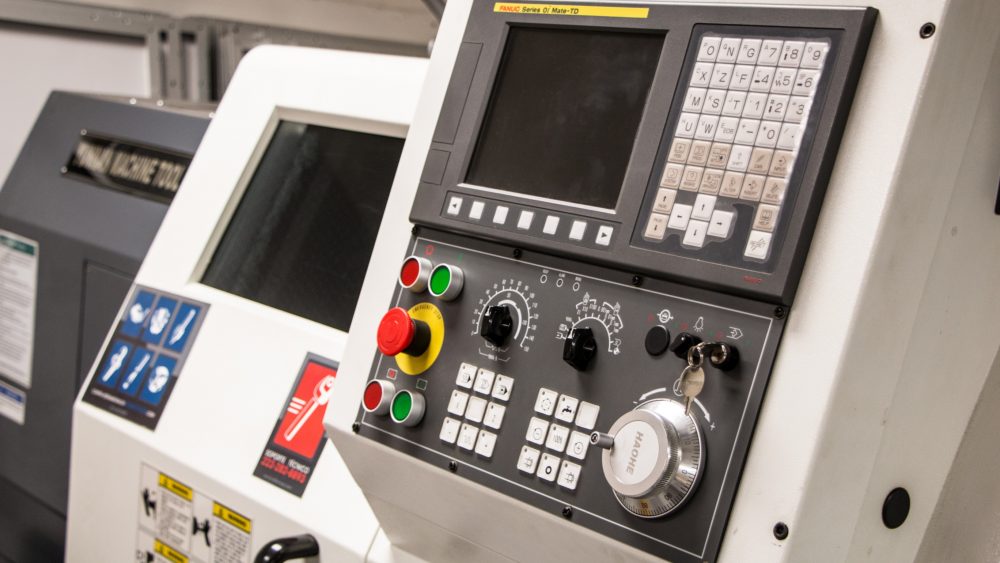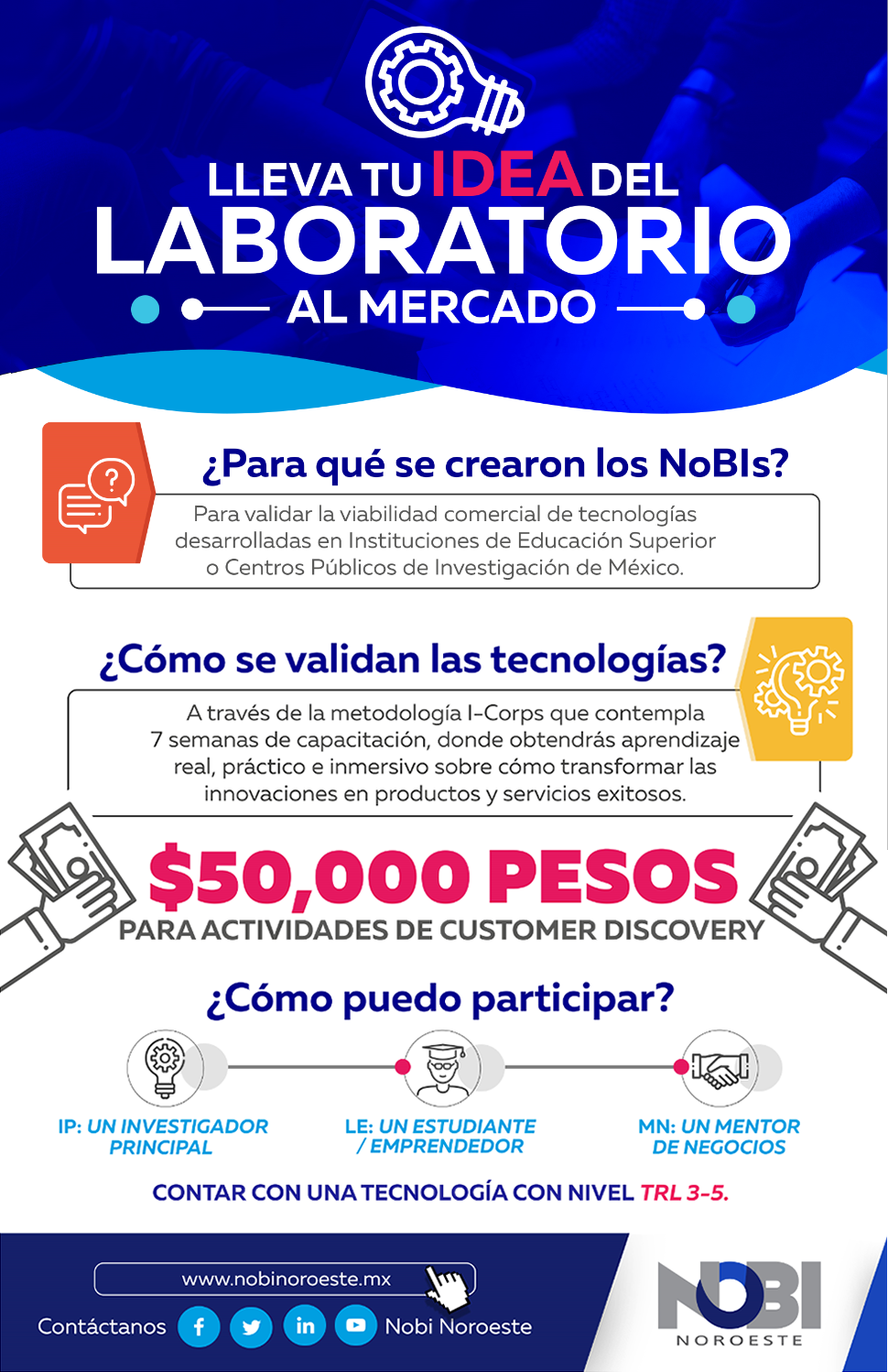From its conception, highly specialized workshops, also known as fab labs (fabrication laboratory) represent a great achievement on the impulse to technological innovation. It is unquestionable that the work that the fab labs pretend to promote on the scientific field allows increasing the level of competitions in different projects that combine good performance and creativity.
In this sense, the first thing would be to ask ourselves: what is a highly specialized workshop or fab lab? At first, it can be understood as a competent space for the elaboration of innovative prototypes that establish a future interest, either commercial or personal. For this, a highly specialized workshop needs to be equipped with different machines that help in the conception and consequent production of the models to be developed.
Fundamental equipment in a highly specialized workshop
Among the different units and machines that constitute a highly specialized workshop, we mainly find:
- 3D printer: is a device capable of creating pieces or models in third dimension (3D) from computer-made designs.
- Precision milling machine: a machine in charge of make chiseling over metallic materials.
- Laser cutter machine: it is used to make a variety of incisions to different materials of medium density.
- Vinyl plotter: it is a device that makes cuts and designs in materials mainly made on vinyl, a type of plastic of wide industrial use.
Thus, in a fab lab different programming software are required in computers that receive human instructions and efficiently coordinate the use of machinery.
First glimpses of highly specialized workshops
The essential concept of the fab labs emerges within the Massachusetts Institute of Technology (MIT) in 2001, under the patronage of Neil Gershenfeld, American scientist, permanent professor and current director of the Center for Bits and Atoms (CBA) of the same institution. «We are just on the edge of this digital revolution in manufacturing, where the results of computing program the physical world», he commented. In other words, the cardinal purpose of the fab labs resides in applying the digital technology in the production of physical objects: transform the bits in atoms. This establishes favorably a new way in the future of the creation of the creation of personified products, attending, in the first instance, the creativity and the ludic exercise of science.
This way, the valuable promotion to innovation that is inherent to the use of this <<small scale laboratories>> is understood like a propitious reversal of papers: the laboratory becomes more a technical workshop for students and first time executers that an enclosure sustained in erudition and complexity of the experts; even, the fab labs pretend to function from a micro entrepreneur and ecologically sustainable facet, in order to leave aside the damages of environmental pollution and the economic dangers of overproduction typical of big industries. Thus, Neil Gershenfeld has argued in favor of the concept of highly specialized workshops: «the current market is based on inventing a product and produced it in a factory. Our philosophy is other. It is about producing under demand in local laboratories, regardless of where the product was designed».
Network of laboratories: socialization for innovation
Cleverly, the fab labs that started in the MIT have maintained their relevance in an international level through an accessible network of collaboration between universities and private companies. Thus, they maintain their presence in regions of the five continents: in the United States there are 20 highly specialized laboratories functioning, we have 30 in Latin America, there are 33 in Europe, 9 in Asia and 8 in Africa. The lucky accreditation allows the institution to extend relations with foreign researchers, develop projects in conjunction with other institutions and to keep in touch with different areas of specialization on the field of technological investigation.
It should also be mentioned that in 2015, through an announcement to promote the development of innovative prototypes through high specialized workshops, fab labs or maker spaces, the National Institute of the Entrepreneur (INADEM) of Mexico started the registration of said organisms, as a part of the Innovation Network, to the protection of the Entrepreneur Support Network. Every year, the INADEM organizes the National Week of the Entrepreneur, a massive event to promote professional networking that brings together entrepreneurs and businessmen of micro, small and medium-sized companies, it offers conferences, workshops, product demonstrations and open forums to different industries.
Fab labs utilities
The staggered opening of highly specialized workshops responds to a broad work field. Thus, this new productive model may be used by scientists, architects, engineers, designers, artists, among other professionals. We have recently seen how the new models of innovation seek to group different fields of specialization in order to develop better-elaborated projects: the multidisciplinary facet of fab labs solves many inconsistences in the old ways to manufacture objects and doing science.
The personalized form of production of the highly specialized workshops promotes a space where conceived ideas are successfully turned into objects. In the past few years, this new productive idea has reformulated economic strategies within the technological market: the gates to prosperity have been open for small businessmen and manufacturers. Thus, among the different products that can be worked inside a fab lab are electronic devices, textile goods and plastic prototypes.
In conclusion, the favorable working ability and width of components put into play within a highly specialized laboratory pursue an essential objective: to start innovating from the small space until reaching a universal and modern horizon.
Written by Andrés Márquez (Communication and Diffusion, PIT-UAS), translated by Belem Ruiz (Edition and Communication, PIT-UAS).



 Parque Científico Tecnológico, Universidad Autónoma de Sinaloa © 2015
Parque Científico Tecnológico, Universidad Autónoma de Sinaloa © 2015